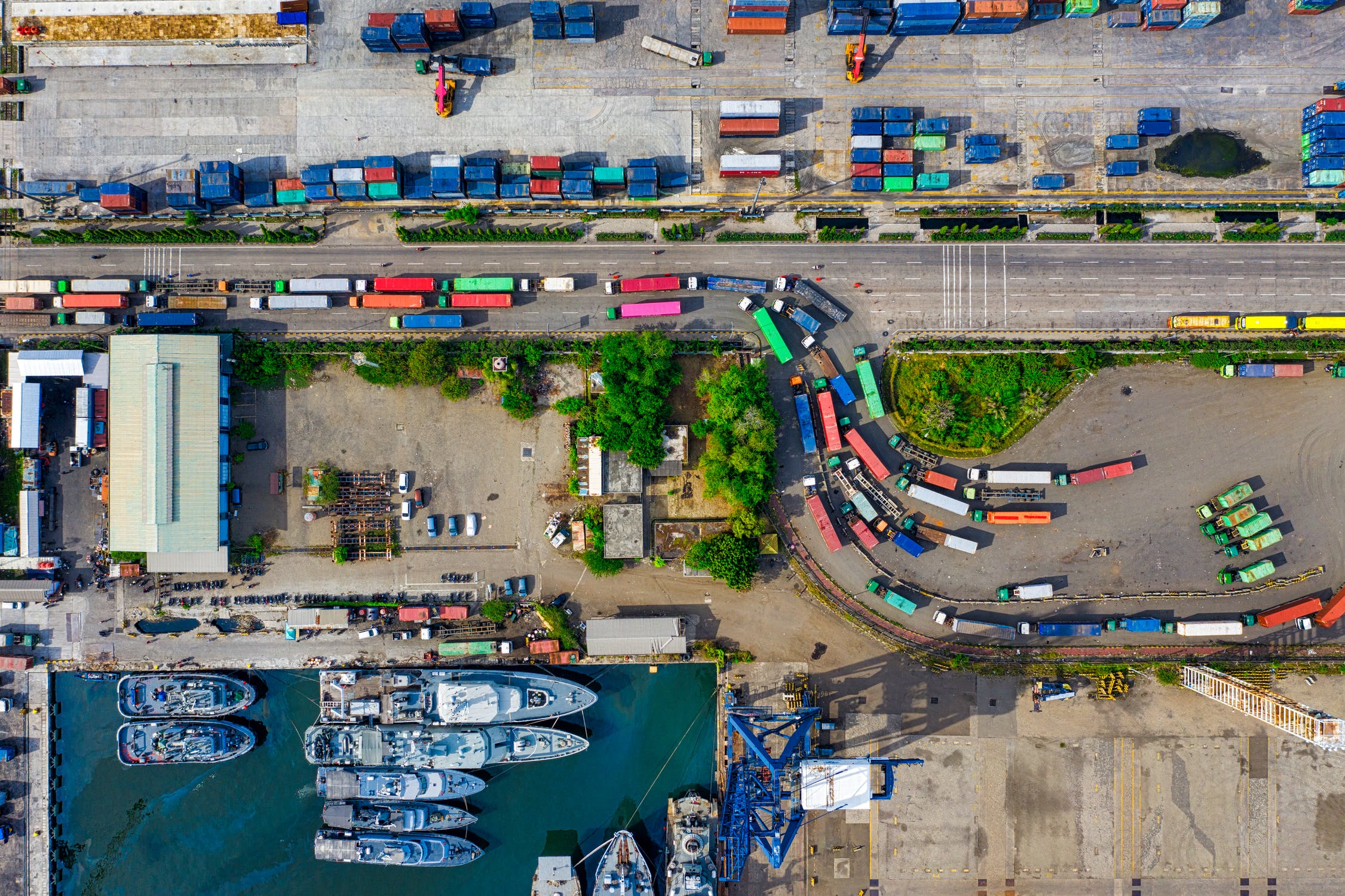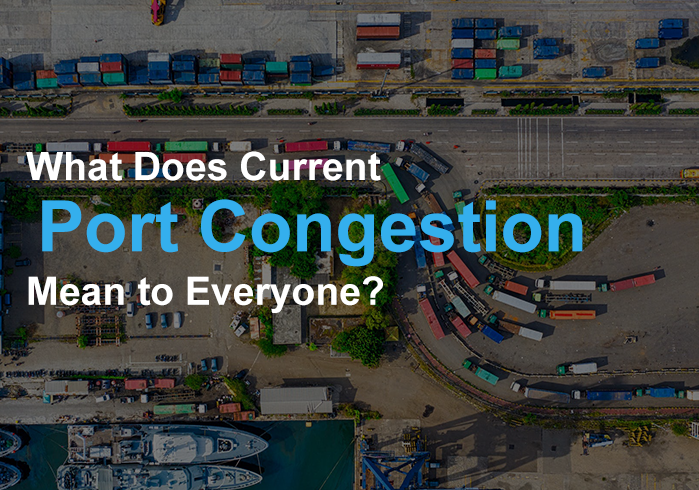
Following the blockage of the Suez Canal; there has been renewed interest in the world of shipping and how it is organized. For those outside of the industry, the fragility of the global ocean freight network came as a bit of a surprise.
Several unprecedented global challenges have placed significant pressure on the shipping industry. Ports are dealing with supply chains that are on the rebound after the devastating impact of the COVID-19 global pandemic. For example, there is a lack of skilled personnel to handle supply chains and the sheer volume of goods that are being moved is straining virtually all international ports.
Port congestion is a real problem and one which is not helped by the expansion of regulatory requirements. This article examines the underlying causes of congestion as one of the key challenges facing the industry. It also considers the impact on shipping companies and the freight forwarding sector in general. Furthermore, we explore the possibilities of sidestepping these problems.
Causes of Congestion
The most simplistic answer is that the COVID-19 pandemic has disrupted demand patterns. First, there was a sharp fall in demand and then it recovered beyond expectations as demand shifted towards eCommerce. Shipping lines were also required to transport protective and medical equipment.
Nevertheless, there are other complex underlying causes of congestion. For instance, there has been an increase in the size (and number) of vessels that typically anchor at most ports and the volume of goods that are going through those ports. Freightwaves reports a sharp uptick in container ships landing at Long Beach and Los Angeles.
These rises are real, even when compared to those that occurred during the labor unrest of 2015. Hence, the kinds of ships that we are seeing at ports are not only larger than before; but also carrying a lot more freight. This creates a significant workload for those that are involved in verification and processing procedures.
The global crises of recent times have created critical staffing shortages. Even though there is some improvement in recent weeks, the overall picture is an industry that is short of qualified and experienced staff. Some have been swept up in the pandemic, while others are fearful of returning after being furloughed. In that sense, the increased congestion is no surprise.
Moreover, there has been political pressure that has negatively impacted congestion statistics. The Maritime Executive has reported on the post-Brexit trade patterns which have led to slowdowns in port processing. There are new processing requirements and protocols relating to the end of previously free movement arrangements. Other factors contributing to the congestion include inclement weather, a shortage of chasses, and geopolitical pressures, etc.
Congestion Impacts
Congestion has impacts and consequences. One of the most affected dynamics is throughput. Processing and release timescales have doubled or tripled. Shippers and their freight forwarders are struggling to coordinate and manage supply chain relationships in such a climate. Hence, extended logistics hand-offs are not helping essential Importers of Record (IOR).
Another impact relates to the increased complexity of operating in the shipping industry. Following delays, additional processes and documents arise. Sometimes, the process must be restarted because there has been a significant delay in completing the first process. Freight forwarders are having to expend additional resources to deal with the unnecessary and often redundant paperwork.
All of that comes at increased financial costs, notable examples being the spike in demurrage and detention. Contractually defined free periods are being routinely missed. Inside demurrage and outside detention means that the costs of doing business are rising. Over time, these costs reduce profit margins on shipping and the ROI on the cargo that is being transported.
Potential Port Problems
Unless congestion is addressed the potential port problems will become a reality. Shipping will become less and less efficient, hence a negative impact on customer relations. Only those that leverage their agility and insight will be able to overcome these problems. Digital solutions provide some relief, although some companies have not yet fully embraced the power of the digital age.
The legacy processes that dominated the shipping industry in the pre-COVID-19 days are now no longer adequate to the task. They are only good enough for when things are going well. Otherwise, they are not responsive or reliable enough to deal with the kind of volume fluctuations that the industry is dealing with now.
One of the solutions that companies might consider is the use of cloud-based systems to move towards data-driven freight. Several software solutions are opening on the market and businesses should try to take advantage of the critical benefits that they offer. Some of the areas that might benefit from these technological advancements include:
- Cost and fee assessment: Technology facilitates the assessment of detention and demurrage fees. Some packages automatically work out processing timelines, charges, and rates. They can also provide real-time data that is critical for decision-making. The transparency will bring rationality to port processes. For example, freight forwarders will be able to select the best ports for specific shippers when required to do so.
- Monitoring and tracking: At a time when volumes and complexity are increasing, shippers need to know what is happening to their cargo. Technology can provide them with real-time information so that they can respond to any issues within the supply chain. For example, the Magaya container tracking solution currently supports up to 70 global carriers.
- Logistics visibility: One of the keys to success in managing a supply chain is logistical visibility and technology is a key aspect to consider. Customers have a vested interest in knowing when their products will arrive and being able to provide them with accurate and timely information will greatly improve customer relations. The sheer volumes that are being dealt with currently mean that the traditional model of telephone calls and emails will not do. Shippers are turning to innovative solutions such as LiveTrack to link customers to the supply chain in real-time. This has the added advantage of reducing the work burden on staff, a key point during staff shortages.
Wrapping Up
The shipping industry is dealing with congestion due to several factors including an increase in shipments, cargo changes, geopolitical pressures, and post-COVID-19 demand surges. Failure to manage congestion increases the cost of shipping and reduces the quality of customer experiences. Hence, businesses should consider the use of modern technology to offset the practical demands of a complex and evolving shipping industry.


